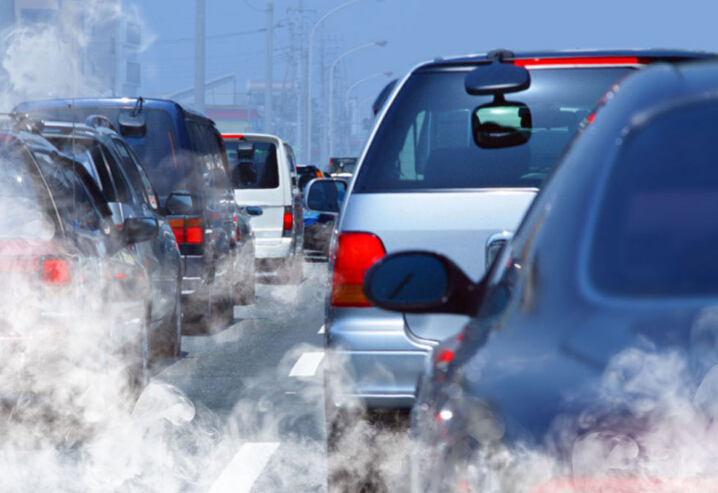Farmers can be your neighbors
|
A farmers market, called “Farm to Neighbors” on the Lantern Festival, Feb. 11, 2017. [Photo/Wang Zhe] |
Besides shopping in supermarkets, people in Beijing can buy fresh vegetables from farmers’ markets, which are located in shopping malls. The initiative is called “Farm to neighbors”.
Lantern Festival Market
The Lantern Festival Market was held from February 11 to 12 for the traditional Chinese festival when people eat Yuanxiao, or rice dumplings, and other dishes to celebrate the first full moon after the Chinese New Year with their families.
Many locals came to this farmers’ market to purchase food or enjoy interesting activities.
An elderly couple made Yuanxiao with two different fillings on-site, attracting many customers. Many families also painted lanterns under the guidance of a Chinese folk maestro.
Vegetables, meat, noodles, bread and sauces are sold by their producers, who own their own farms or factories. Most of them just produce organic food.
“Because our Yuanxiao are made of organic glutinous rice flour, they are more expensive than those in supermarkets. In fact, the numbers of Yuanxiao I rolled can’t meet the demand, and many locals, especially foreigners prefer this healthy food,” said the Yuanxiao roller.
Located in the embassy area, the farmers’ market is popular with foreigners who live in Beijing. James, an American, always takes his Chinese wife to shop here.
“We come here twice a month, it has a lot of stuff that can be guaranteed and every time you can find new things,” said James.

